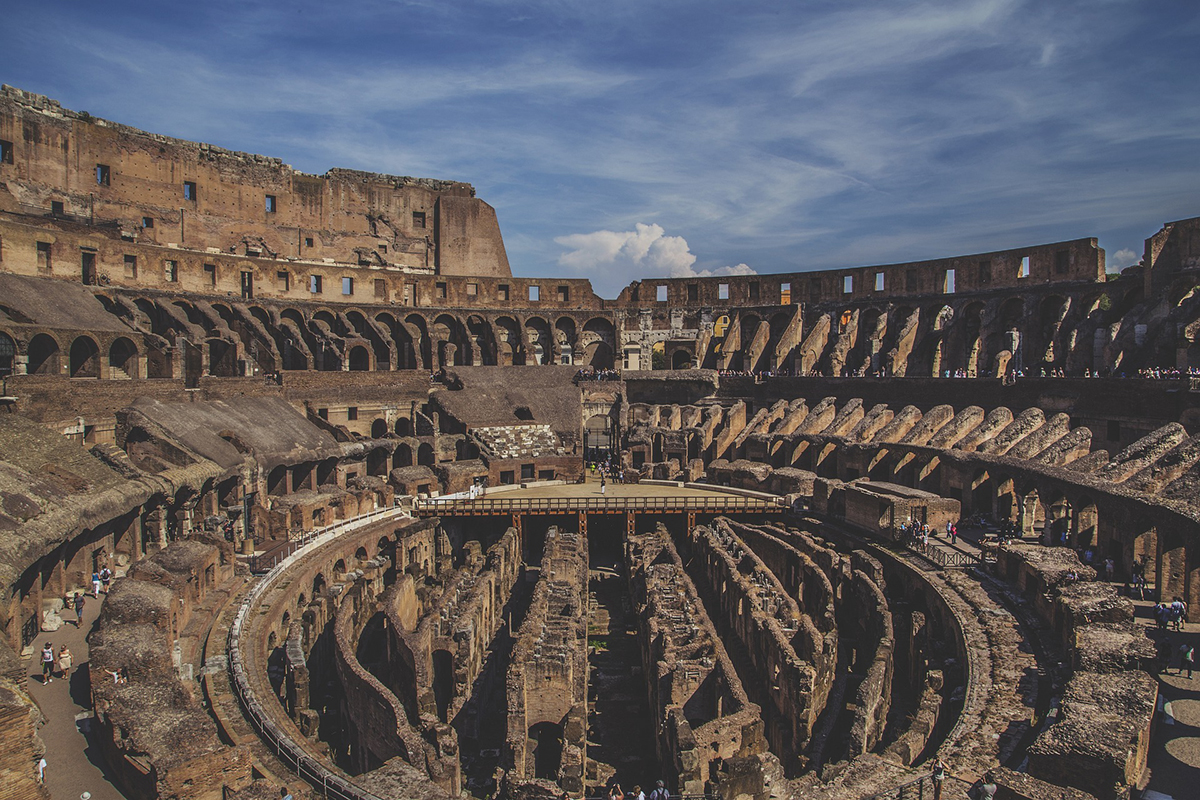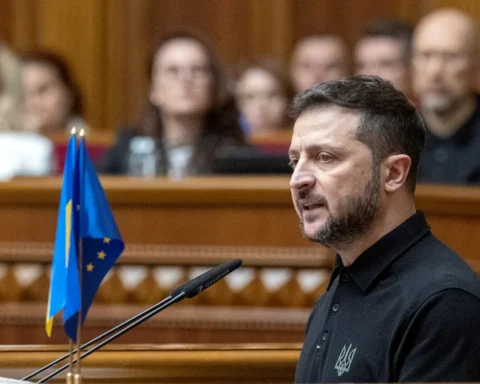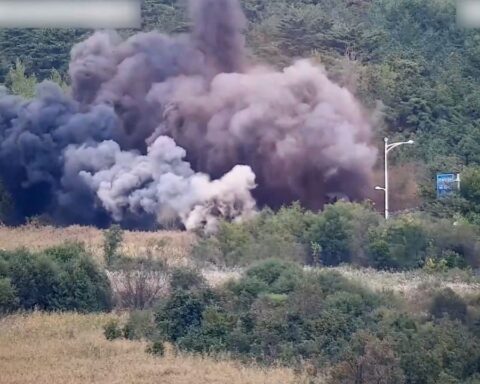In 2023, a remarkable year for historical science, researchers have made significant strides in solving some of the most intriguing mysteries of human history. Leveraging advanced paleogenetics, artificial intelligence, and chemical analysis techniques, scientists have unearthed secrets from the depths of time, providing new insights into our collective past. From ancient leaders’ true identity to Roman engineering’s secrets, these revelations have reshaped our understanding of history. However, amidst these breakthroughs, one mystery remains unsolved, continuing to puzzle experts.
1. The Prehistoric Leader’s True Identity Unveiled
In 2008, a 5,000-year-old skeleton was discovered near Seville, Spain, buried with a crystal dagger and other artifacts. Initially thought to be a young man, a recent tooth enamel analysis revealed the individual was female. This discovery, highlighted by Leonardo García Sanjuán, a professor at the University of Seville, represents a paradigm shift in analyzing social structures of prehistoric societies.
2. Roman Concrete’s Mystery Ingredient
The durability of Roman concrete, exemplified by the Pantheon’s dome, has long puzzled scientists. A 2023 study revealed that lime clasts in concrete contribute to its longevity by healing cracks. This discovery came from analyzing 2,000-year-old concrete samples from Privernum, Italy.
3. Ötzi the Iceman’s Revised Appearance
The mummified remains of Ötzi, found in the Italian Alps in 1991, have been extensively studied. However, a new DNA analysis in 2023 revealed that Ötzi had dark skin and eyes and was likely bald, contrasting previous reconstructions depicting him with pale skin and hair.
4. The Story Behind a 20,000-Year-Old Pendant
A pendant from Denisova Cave in Siberia provided a rare glimpse into its ancient wearer, a woman from the Ancient North Eurasians, thanks to DNA analysis. This breakthrough, led by molecular biologist Elena Essel, showcased the potential of extracting DNA from porous materials like deer bone.
5. Deciphering the Herculaneum Scrolls with AI
Luke Farritor, a University of Nebraska student, made a groundbreaking discovery by deciphering a word from the Herculaneum scrolls, burned during Vesuvius’s eruption. Utilizing AI and computerized tomography, he decoded the Greek word for “purple,” setting the stage for future explorations into these ancient texts.
6. Ancient Egyptian Mummification Materials Identified
Scientists identified a variety of substances used in mummification through chemical analysis of residues in embalming pots. These included plant oils, resins, animal fat, and beeswax, some sourced from far beyond Egypt, illustrating a complex trade network.
7. Beethoven’s Genetic Mystery and Family Secret
Researchers analyzed Beethoven’s hair DNA to investigate his chronic health issues but couldn’t pinpoint a definitive diagnosis. However, they uncovered evidence of an extramarital affair in his family lineage, leaving one aspect of his ailment still a mystery.
The year 2023 has been a landmark in unravelling the secrets of our past, demonstrating the power of modern science in historical research. These discoveries clarify historical narratives and open new doors to understanding the human journey. Yet, as exemplified by the enduring mystery surrounding Beethoven’s health, history always keeps some secrets closely guarded, reminding us that our quest for knowledge is never complete.







